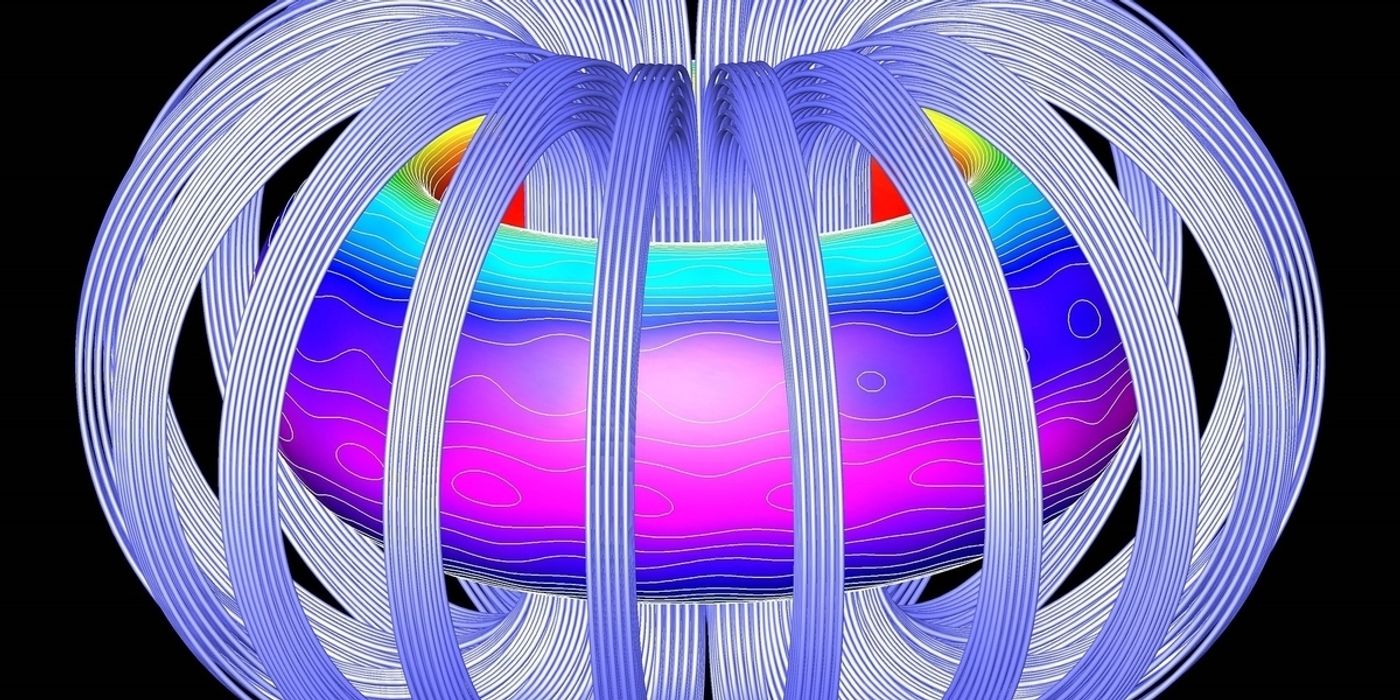Advancing Nuclear Fusion by Taming the "Chirping" Plasma
2020 turns out to be a year of breakthrough for nuclear fusion.
The world's largest fusion project ITER (International Thermonuclear Experimental Reactor) has begun its final assembly in July, over three decades after its first conception. The 23.5 billion-dollar facility is financially backed by the world's major economic powers.
The general idea behind nuclear fusion involves squeezing two hydrogen atoms against each other and turning them into helium, a vast energy-releasing process similar to what's happening in our Sun. By properly harnessing the reactions behind this stella phenomenon, scientists are hopeful that we will have endless, carbon-free energy for generations to come. For the enthusiasts, a fusion power plant is only a question of when. However, given its history of stagnant development and a long list of technical challenges, many remain skeptical about the technology.
A recent report from the Princeton Plasma Physics Laboratory (PPPL) added an extra sliver of hope toward the success of fusion.
A team of PPPL researchers has been dedicating their efforts to improving the tokamak reactor, a popular design with its signature doughnut resemblance. These reactors, including the one being built in southern France by the ITER collaboration, require a balance between external magnetic fields and the one generated by circulating plasma within, to sustain a continuous fusion reaction.
However, during the reaction, a phenomenon known as "chirping" can arise and dissipate the much needed thermal energy. Chirping can happen to any wave-like radiations when their frequency increases or decreases over time. For tokamak-contained fusion reactions, it occurs within the plasma stream, which eventually causes energy to move out of the reactor center, and reduces reaction efficiency.
Through simulations, the PPPL scientists uncovered the mechanism behind this unwanted phenomenon. The flow of ionized particles across pockets of different density in the plasma stream fuels chirping with a source of energy and local gradients, causing it to repeat and disrupt the stream's resonance.
With a better understanding of the chirping problem, the researchers hope that their discovery inspires new methods to reduce the instability of the plasma stream, and pushes fusion technology closer to the finishing line.
Their research is now available in the journal Physics of Plasma.
ITER: Assembly of world's largest nuclear fusion reactor begins (DW News)
Source: Science Alert









